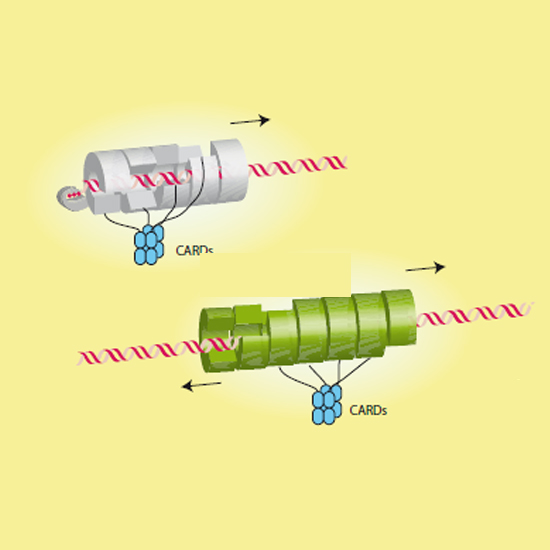Recognition of Endogenous Nucleic Acids by the Innate Immune System
19-Apr-2016
Immunity, Volume 44, Issue 4, p739–754, DOI: https://doi.org/10.1016/j.immuni.2016.04.002
Immunity, online article
Recognition of DNA and RNA by endosomal and cytosolic sensors constitutes a central element in the detection of microbial invaders by the innate immune system. However, the capacity of these sensors to discriminate between microbial and endogenous nucleic acids is limited. Over the past few years, evidence has accumulated to suggest that endogenous DNA or RNA species can engage nucleic-acid-sensing pattern-recognition receptors that can trigger or sustain detrimental pathology. Here, we review principles of how the activation of innate sensors by host nucleic acids is prevented in the steady state and discuss four important determinants of whether a nucleic-acid-driven innate response is mounted. These include structural features of the ligand being sensed, the subcellular location and quantity of pathogen-derived or endogenous nucleic acids, and the regulation of sensor-activation thresholds. Furthermore, we emphasize disease mechanisms initiated by failure to discriminate self from non-self in nucleic acid detection.











